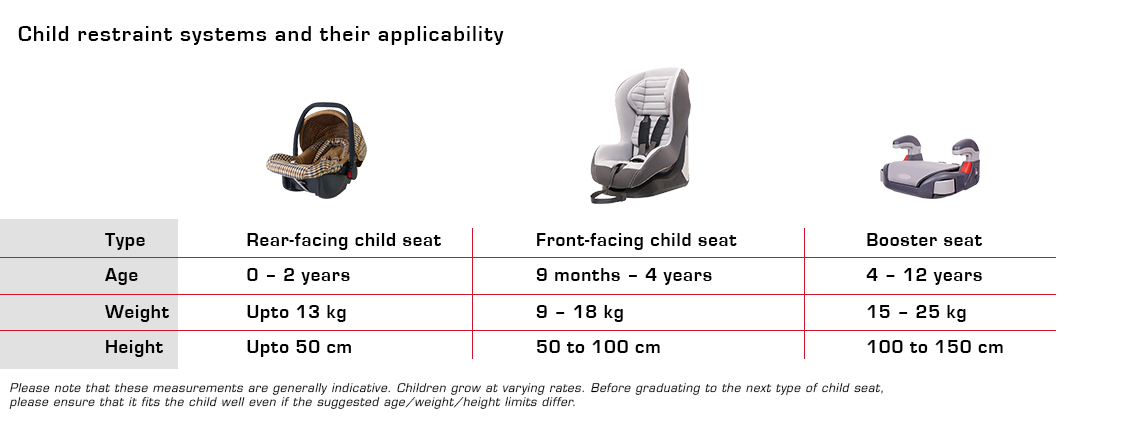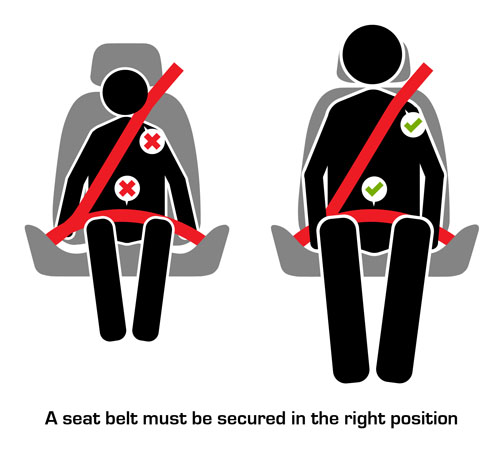In 2020, the first two Indian cars to receive a 4-star rating from Global NCAP for child safety were the Mahindra XUV300 and the All-New Thar. Today, global safety standards are more stringent than ever before and more vehicles are vying to meet these. But while vehicles are getting safer, as guardians, we need to take all the right measures to safely buckle up kids on board.
1. Safest riding spot for a child in the car
It’s not uncommon to see children being seated in an adult’s lap in a car. As comforting as it may feel, it’s not safe at all. While seated on an adult’s lap the child is left unrestrained in the car and exposed to the possibility of harm and injury. In the unfortunate event of a crash or a sudden brake application, the adult will remain safely restrained with the seat belt but will not be able to secure the child.Let alone an adult’s lap, even on a seat, kids should always be seated in the second row only, guarded by an appropriate child restraint. The child restraint system
should be appropriate for your child’s weight and height and properly fit the car’s seat.
They should never be seated in the co-driver seat.
Figure below shows the recommended child restraints for kids of different age & height.

But what to do if your baby (0-2 yrs) needs continuous attention while you drive? Read on.
2. What to do if you can’t avoid carrying your child in the co-driver seat?
At the risk of repeating, we would still say that this is an unsafe option. We always recommend buckling up your child in a suitable child seat in the second row. However, some situations may force you to carry the child right beside you in the passenger seat as you drive. This should only be done if both these conditions are met – 1. Child is safely tucked in a rear-facing child seat, and 2. Airbag of the co-driver seat is deactivated
It’s important to check if your vehicle has this feature of deactivating the passenger seat airbag. In case it doesn’t, children must always be seated in the rear seats in appropriate child restraints.
3. A seatbelt is not made for your child
Seatbelts are developed to keep passengers safe by securing them in the event of a crash. However, these are designed keeping in mind the size, weight and body structure of an adult.
For a seatbelt to be effective, it should go over the passenger’s shoulder/collarbone and the lower part should go over the lap. However, since children are smaller in size, the same seatbelt usually goes over their neck and stomach. More than being extremely uncomfortable for the child, it is very hazardous as it could cause critical internal injuries in case of a collision.

Child restraints are the only solution to this problem. An appropriate restraint ensures the safety of your child by securing them in the seat. Depending on the size and weight of your child, there are a number of restraints available to keep your child comfortable and safe.
Stay tuned for more in our #ChildSafetyOnTheGo series!